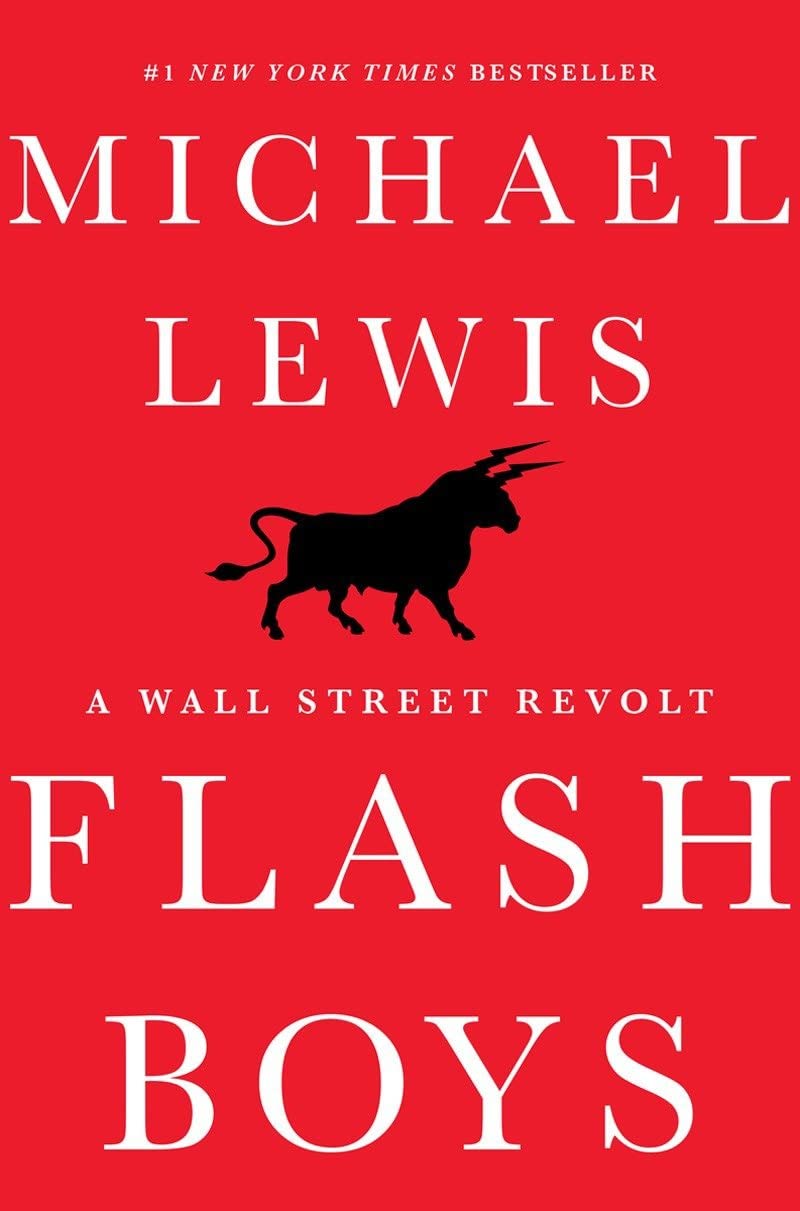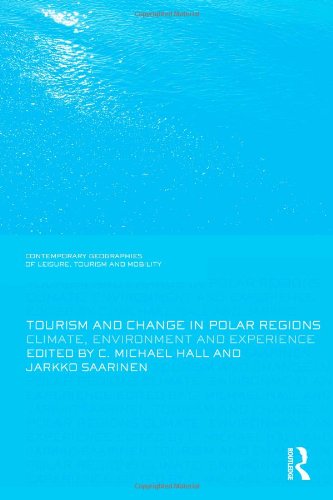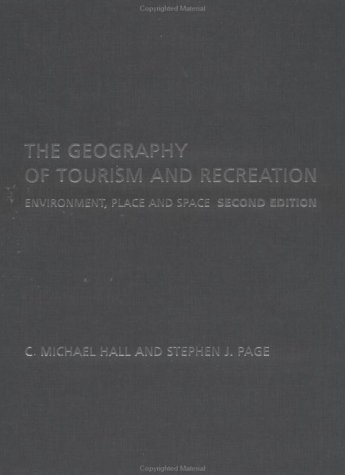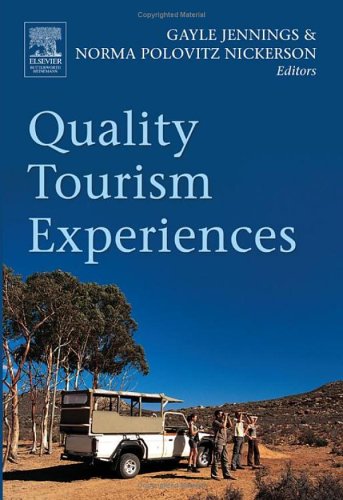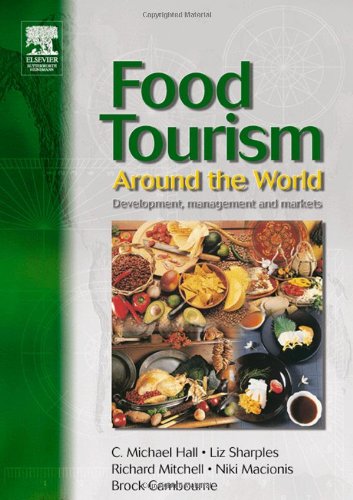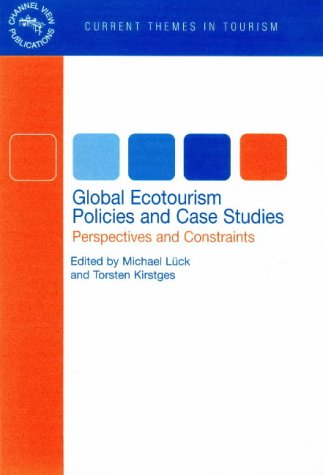موضوعات
آموزش و پرورش
ادبیات و زبان
پزشکی، دندانپزشکی و داروسازی
تاریخ و جغرافیا
داستان و رمان
دیگر
دین و فلسفه
روانشناسی
ریاضیات و آمار
سلامتی، تناسب اندام و رژیم غذایی
شیمی و پلیمر
علوم اجتماعی و حقوق
علوم زیستی و بیوتکنولوژی
فیزیک و نجوم
کامپیوتر و اینترنت
کتابهای کودکان و داستان
کسب و کار و اقتصاد
کشاورزی و دامپزشکی و غذا
معماری
مهندسی و فناوری
هنر و تئاتر
محصولات
Flash Boys - Epub + Converted PDF
نویسندگان: خلاصه: Flash Boys is about a small group of Wall Street guys who figure out that the U.S. stock market has been rigged for the benefit of insiders and that, post–financial crisis, the markets have become not more free but less, and more controlled by the big Wall Street banks. Working at different firms, they come to this realization separately; but after they discover one another, the flash boys band together and set out to reform the financial markets. This they do by creating an exchange in which high-frequency trading―source of the most intractable problems―will have no advantage whatsoever.Tourism and Change in Polar Regions: Climate, Environments and Experiences (Contemporary Geographies of Leisure, Tourism and Mobility) - Original PDF
نویسندگان: خلاصه: The world’s polar regions are attracting more interest than ever before. Once regarded as barren, inhospitable places where only explorers go, the north and south polar regions have been transformed into high profile tourism destinations, increasingly visited by cruise ships as well as becoming accessible with direct flights. Tourism is seen as one of the few economic opportunities in these regions but at the same time the polar regions are being opened up to tourism development they are being affected by a number of new factors that are interconnected to travel and tourism.Geography of Tourism and Recreation: Environment, Place and Space, 2nd Edition - Original PDF
نویسندگان: خلاصه: This third edition is a comprehensive and accessible introduction to tourism, leisure and recreation. Each chapter offers a distinctive series of insights into how the geographer has approached the analysis of tourism and recreation.Japan's Great Stagnation: Financial and Monetary Policy Lessons for Advanced Economies - Original PDF
نویسندگان: خلاصه: Experts on the Japanese economy examine Japan's prolonged period of economic underperformance, analyzing the ways in which the financial system, monetary policy, and international financial factors contributed to its onset and duration.Brand New Ireland? (New Directions in Tourism Analysis) - Original PDF
نویسندگان: خلاصه: What role does the state have over national development within an increasingly globalized economy? Moreover, how do we conceive 'nationality' during periods of rapid economic and social change spurred on by globalization? By examining tourism in the Republic of Ireland over the past 20 years, Michael Clancy addresses these questions of national identity formation, as well as providing a detailed understanding of the political economy of tourism and development. Firstly, he explores the role that tourism has played in Ireland's dramatic economic transformation from the 'poor man of Europe' to one of the richest. While many lessons have been taken from the so-called 'Celtic Tiger' to be applied to other developing nations, the role that tourism has played has been largely ignored. This book argues that tourism played an important part in this success. Clancy also locates tourism within broader theoretical debates regarding development, specifically on the role of the state and globalizing industries. Separate industry chapters (on hotels and airlines) show that globalization proceeds in an uneven manner, offering different opportunities and constraints for development. The book also uses tourism as a lens for observing national identity formation in a period of rapid change. Tourism markets the nation as a commodity, not just for tourists, but for its own citizens. Ireland has been at the forefront of branding the nation, introducing 'Tourism Brand Ireland' in 1996. Tracing the evolution of this brand allows an examination of how the nation conceives of itself.Quality Tourism Experiences - Original PDF
نویسندگان: خلاصه: The theme of the edited book acknowledges the multiple meanings of quality tourism experiences, the diverse contexts in which tourism occurs, and the varied stakeholders associated directly or indirectly with the phenomenon of tourism."Quality tourism experiences" is a widely used phrase in tourism and tourism-related texts and is associated with a diversity of meanings and usage. Meanings are ascribed by industry/business, government agencies, tourists, community and academics. The phrase is used to argue, for example, for positive social impacts, economic benefits, environmental protection, government policy formulation, discrimination between tourism products as well as issues associated with sustainability. Subsequently, the phrase "quality tourism experiences" is not a nomothetic term but rather one associated with multiple interpretations and meanings. The book"s overarching tenet is that "quality" is a socially constructed term (as are the terms tourism experiences). Authors investigate the role of the mass media, the role of travel providers, the role of host communities, the role of tourists, and the role of "government" at all its levels. From an academic perspective, quality tourism experiences are associated with interaction between host and guest (tourists and community perspectives), the classification of type of tourism product (tourism industry and government sector perspectives), market differentiation and development, tourist perspectives, the notion of an integrated system and benefits from an economic perspective.Similarly, quality is associated with different meanings and is used in a variety of contexts within tourism literature. For example quality is associated with service quality, quality assurance/auditing and control, perceptions of quality at an individual/business/community level, that is, stakeholder level, and in regard to product and market differentiation. The book draws together writers from different backgrounds and interdisciplinary interests and research methodologies, as a consequence, the book provides a model of the way researchers can work together to illuminate an area and to provide multiple representations and interpretations of that area. Moreover the book demonstrates interdisciplinary, transdisciplinary and intradisciplinary approaches and collaborations.Kathleen Andereck, Ph.D., Arizona State University WestSue Beeton, Ph.D., La Trobe UniversityHeather E. Bowen, Ph.D., George Mason UniversityKelly S. Bricker, Ph.D., West Virginia University Barbara Carmichael, Ph.D., Wilfrid Laurier UniversityMaggie Daniels, Ph.D., George Mason UniversityGayle Jennings, Ph.D., Central Queensland UniversityClaudia Jurowski, Ph.D, Northern Arizona UniversityDeborah Kerstetter, Ph.D., Penn State UniversityNorma Nickerson, Ph.D., University of MontanaLori Pennington-Gray, Ph.D., University of Florida Carla Almeida Santos, Ph.D., University of Illinois at Urbana-Champaign Betty Weiler, Ph.D., Monash University * Examines the multiple meanings of quality across a variety of settings, as well as across and between various stakeholder groups * Defines and applies theoretical frameworks and research models from a cross-disciplinary perspective* Provides international perspective through case studies, extensive references, and web resourcesMicro-Clusters and Networks: The Growth of Tourism (Advances in Tourism Research) - Original PDF
نویسندگان: خلاصه: This book introduces a new approach to the analysis and management of growth in small tourism markets for regional and rural locations. It recognizes from the outset that the vast bulk of the tourism industry's product is delivered by small business enterprises and that many of these are located outside of metropolitan areas. Its central premise is that a myriad of small-scale clusters can provide an effective means to establish a local competitive advantage in tourism activities based on the resources of existing communities. The book brings together contemporary views of the potential of clustering theory to promote development in micro-markets, within the paradigm of competition, to create a new framework for regional development that might serve to enhance the growth of small-scale tourism destinations.Microclusters and Networks provides a theoretical explanation of how and why micro-clusters come about, with chapters by specialist authors to illustrate examples of their practice in the real world; but it goes further to demonstrate not only why they work but also how community members interact to form successful clusters. The incorporation of networking theory provides the means to explain the role of local community interaction in delivering successful social outcomes. The analysis that is provided clearly has applications for many industries beyond the development of rural and regional tourism destinations. *Provides a theoretical explanation of how and why micro-clusters come about*Brings together contemporary views of the potential of clustering theory to promote development in micro-markets*Enhances the discussion of rural development policies for tourism by local communities, policy analysts and academic researchersFood Tourism Around The World: Development, Management and Markets (New Canadian Library) - Original PDF
نویسندگان: خلاصه: Food and wine are vital components of the tourism experience, and are increasingly being seen as prime travel motivators in their own right. Food Tourism Around The World: Development, Management and Markets offers a unique insight into this phenomenon, looking at the interrelationship between food, the tourism product and the tourist experience.Using international case studies and examples from Europe, North America, Australasia and Singapore, Food Tourism Around The World: Development, Management and Markets discusses the development, range and repurcussions of the food tourism phenomenon. The multi-national contributor team analyses such issues as:* the food tourism product* food tourism and consumer behaviour* cookery schools - educational vacations* food as an attraction in destination marketingIdeal for both students and practioners, the book represents the most comprehensive and wide-ranging treatment yet of this recent development in tourism. * International case studies and examples* Comprehensive and systematic treatment of a comparatively new field* Interlinking of theory and practice makes this useful for both students and industry playersGlobal Ecotourism Policies and Case Studies: Perspectives and Constraints (Current Themes in Tourism) - Original PDF
نویسندگان: خلاصه: With continuously growing tourist numbers and pressure on resources increasing, there is a need to preserve and protect natural, cultural and historic resources. This book introduces the reader to a number of case studies from different parts of the world and illustrates chances and constraints associated with the implementation of ecotourism concepts.With continuously growing tourist numbers and pressure on resources increasing, there is a need to preserve and protect natural, cultural and historic resources. This book introduces the reader to a number of case studies from different parts of the world and illustrates chances and constraints associated with the implementation of ecotourism concepts.Prejudice, Stigma, Privilege, and Oppression - Original PDF
نویسندگان: خلاصه: Examines the slow progress of the cultural sensitivity movement in behavioral health Provides insights for recognizing and dealing with prejudice and oppression in behavioral health settings Clinically relevant to clinical psychology and social work practiceآیا کتاب مورد نظر هنوز بر روی سایت قرار نگرفته است؟ جای نگرانی نیست! کافی است بر روی گزینه سفارش کتاب کلیک کرده و درخواست خود را ثبت کنید. در کمتر از چند ساعت کتاب شما را آماده خواهیم کرد.
